Lieutenant Commander Fritz KNIPPING: Account book 1919-39
Description
– See more pictures below! –
You are bidding on one handwritten “account ledger” (Debits & Credits / Income & Expenses), managed by Lieutenant Commander Friedrich Alexander Knipping (also: Fritz Knipping), b. 7. October 1878 in Tokyo as Son of the famous Meteorologists and cartographers Erwin Knipping (1844-1922) and Augustine, b. Dinger (1843-1901), died. on the 22nd February 1953 in Rottweil.
In 1915 he can still be found in Kiel as a lieutenant captain; However, the book seems to have been written in Teltow or the surrounding area (the Teltower Sparkasse is often mentioned, but the Deutsche Bank Kiel is rarely mentioned; it is no longer mentioned in the Kiel address book from 1919). However, in 1923 he accepted a paycheck in Kiel again.
Conducted with one double page per month from March 1919 to November 1923, then more sporadically from March to the end of 1924, then annual summaries from 1925.
Scope: approx. 75 written pages.
Format: 17.8 x 11 x 1.3 cm.
Condition: Cover slightly rubbed and stained, pages partly a little fluffy. Please also note the pictures at the end of the item description!
Pictures
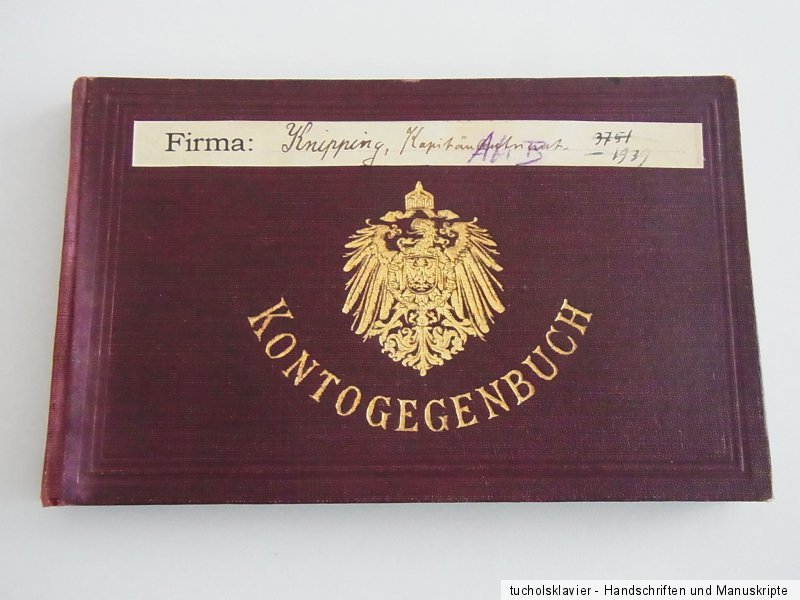


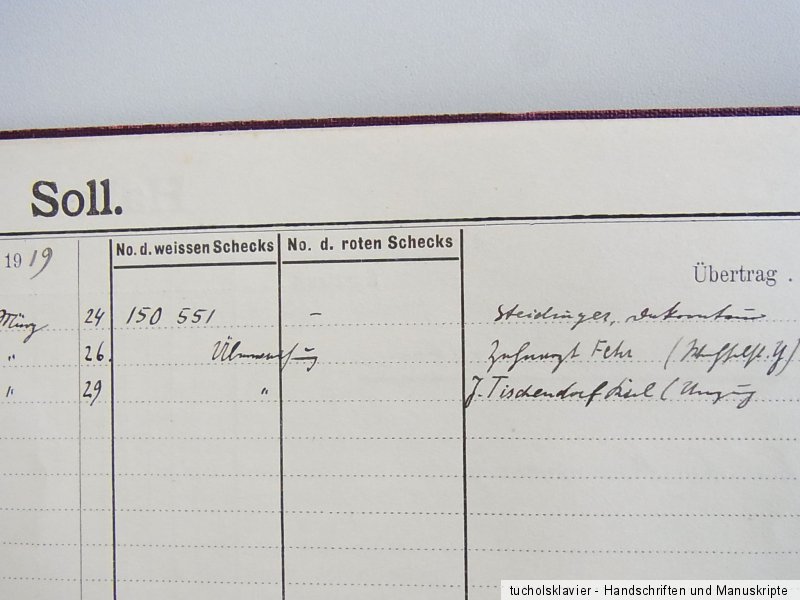
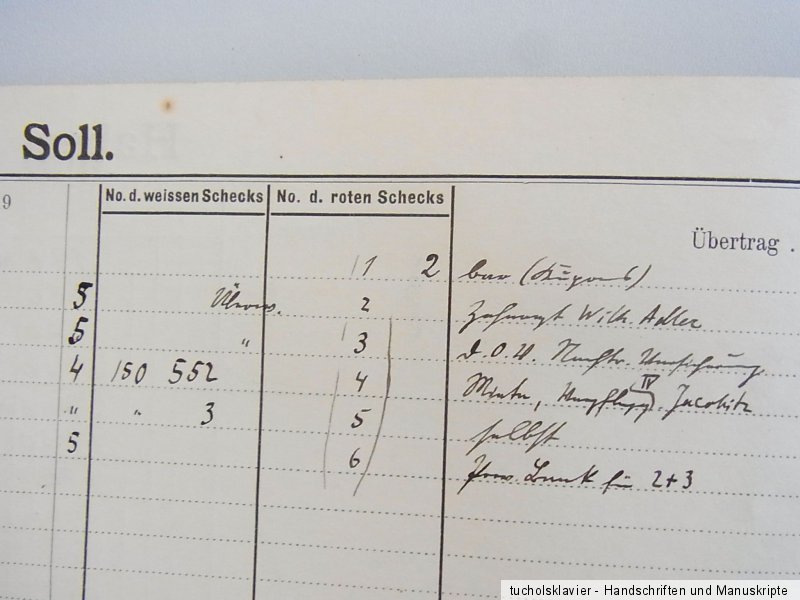

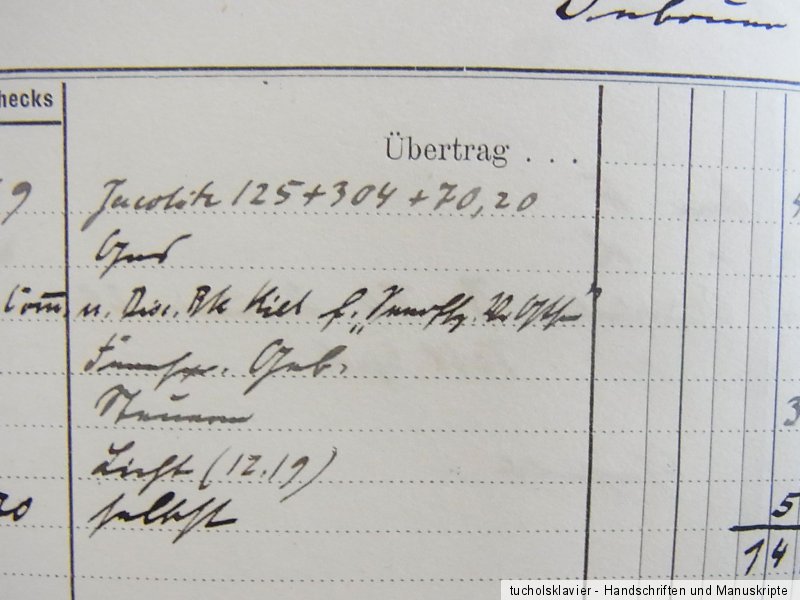
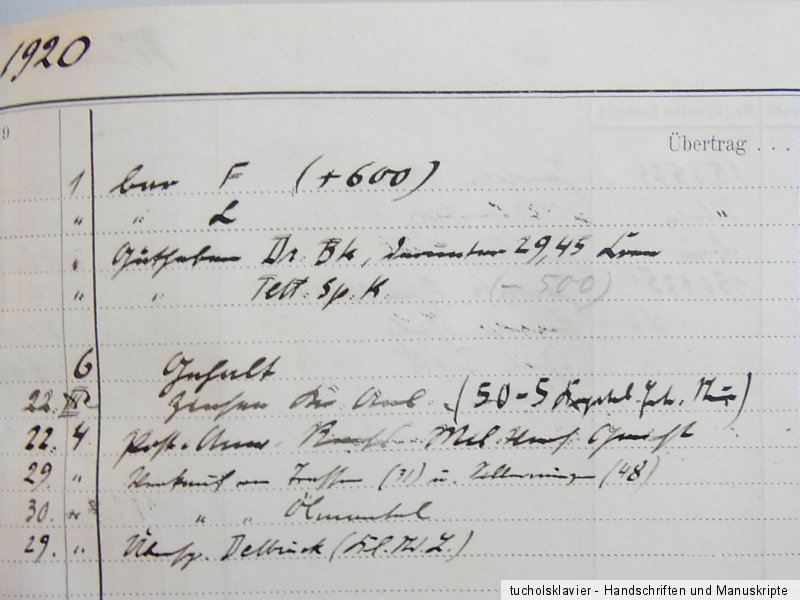

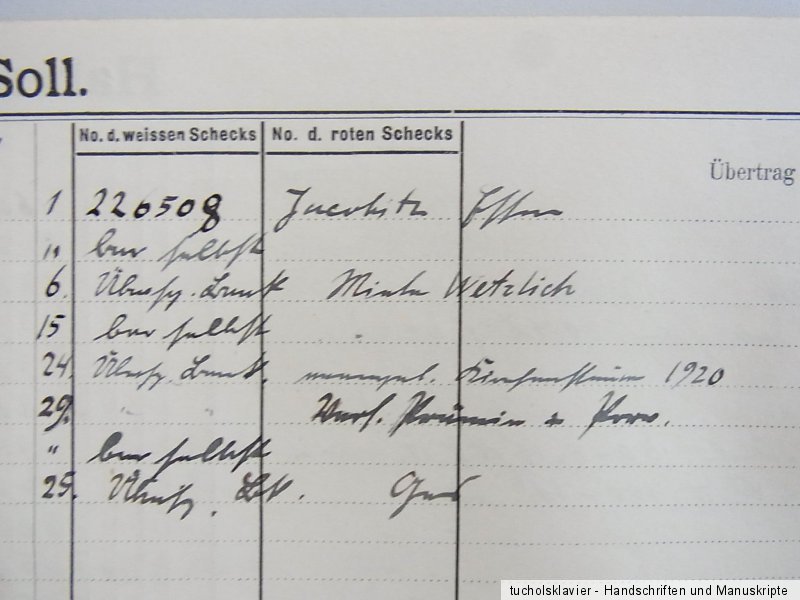
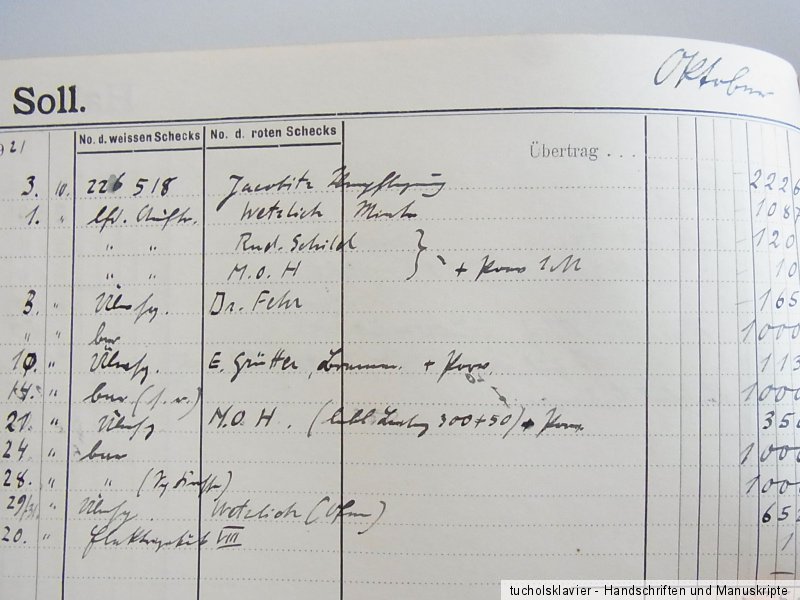
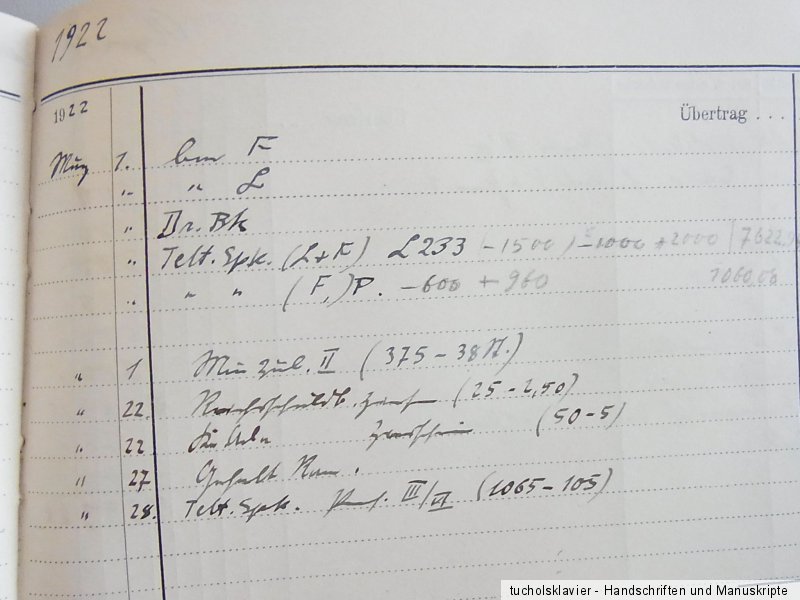
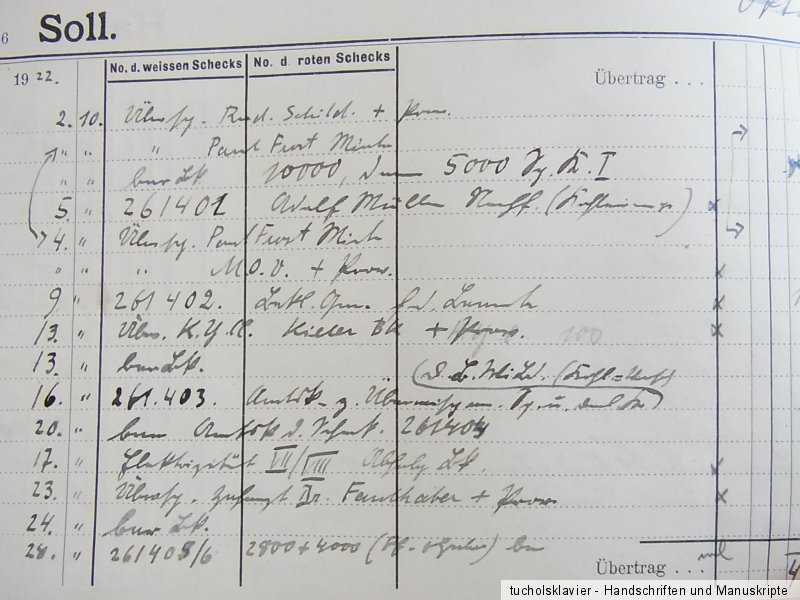
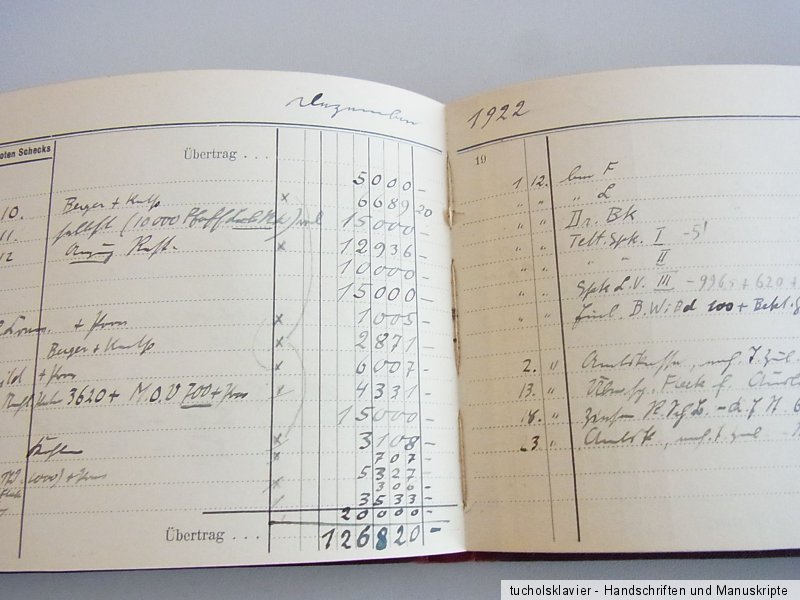
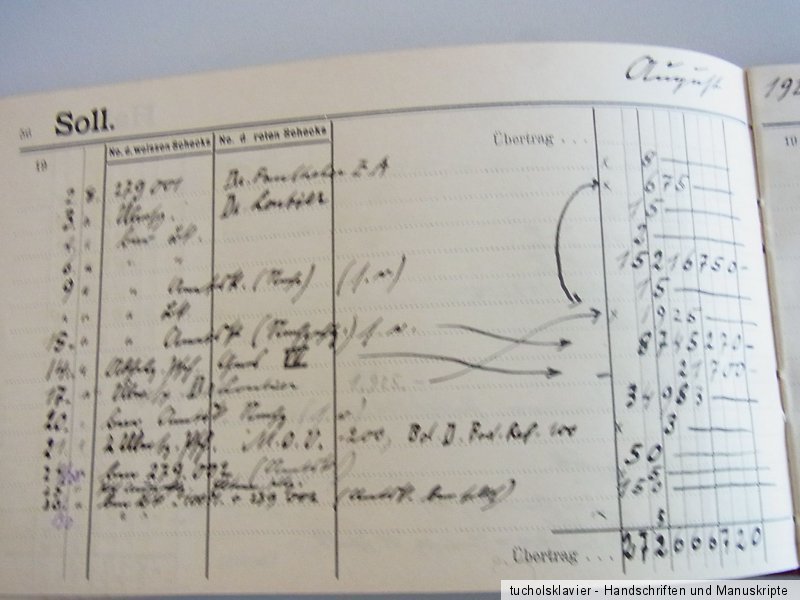
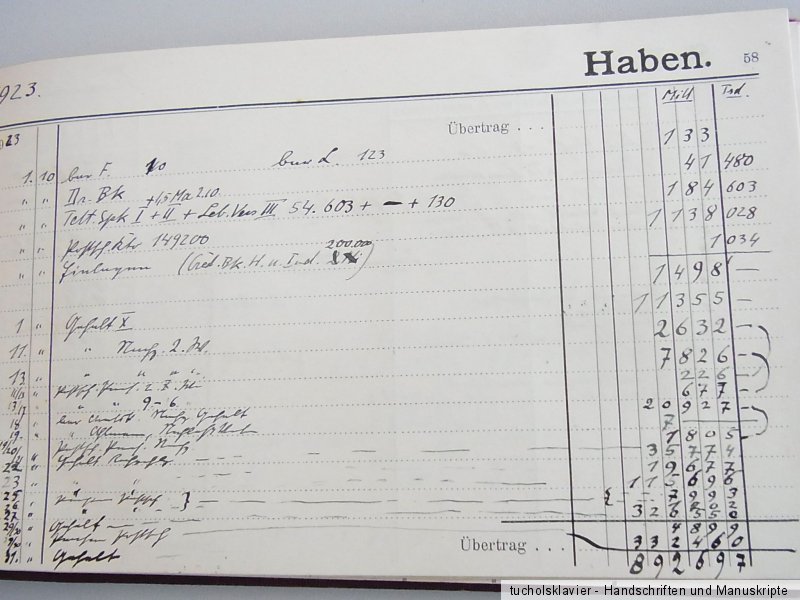
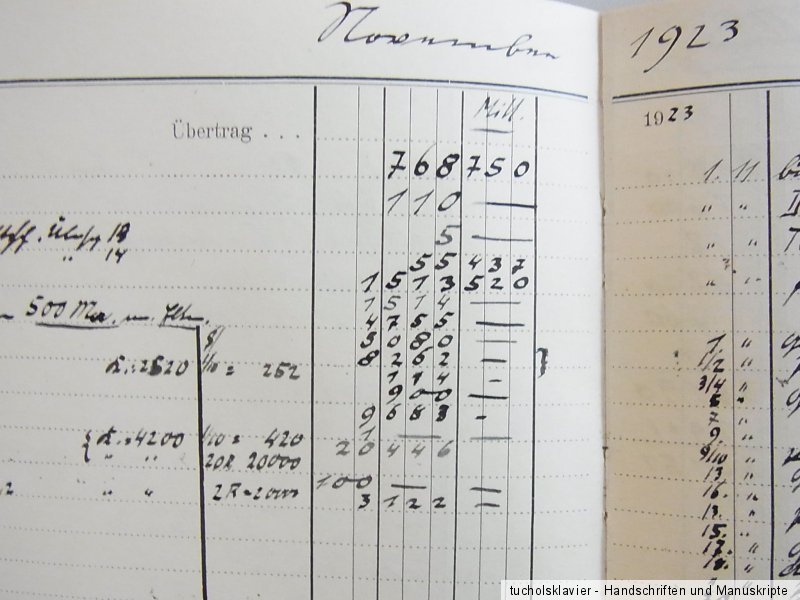
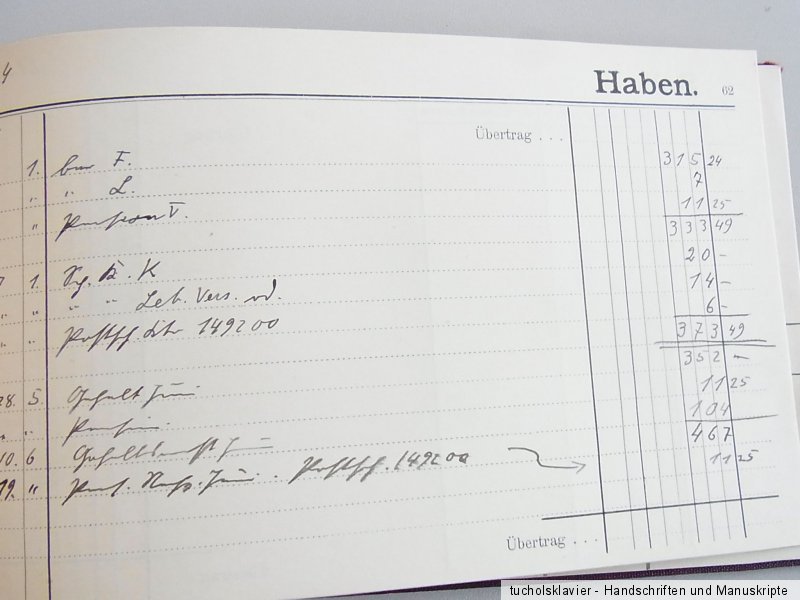
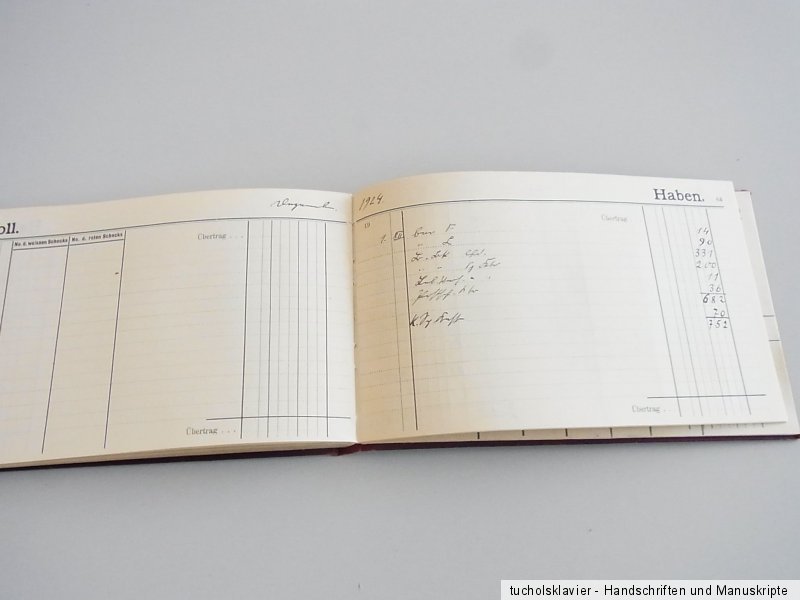

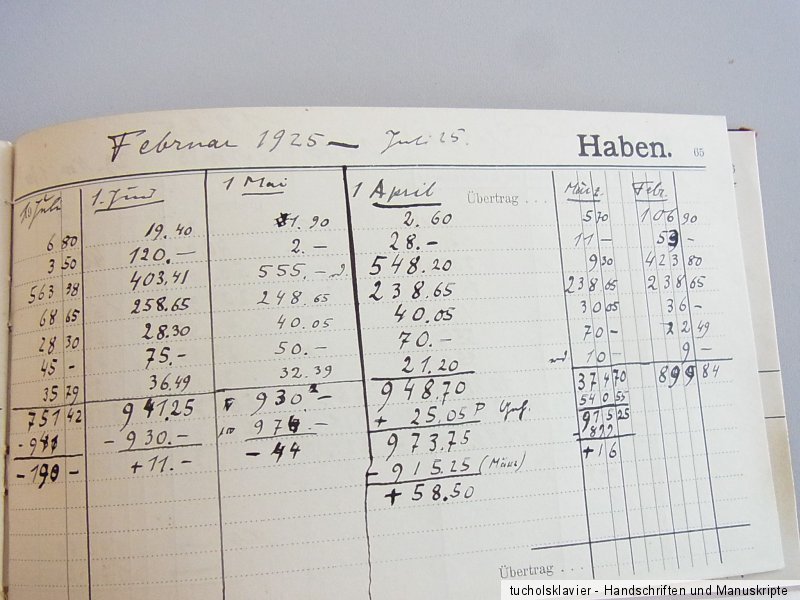
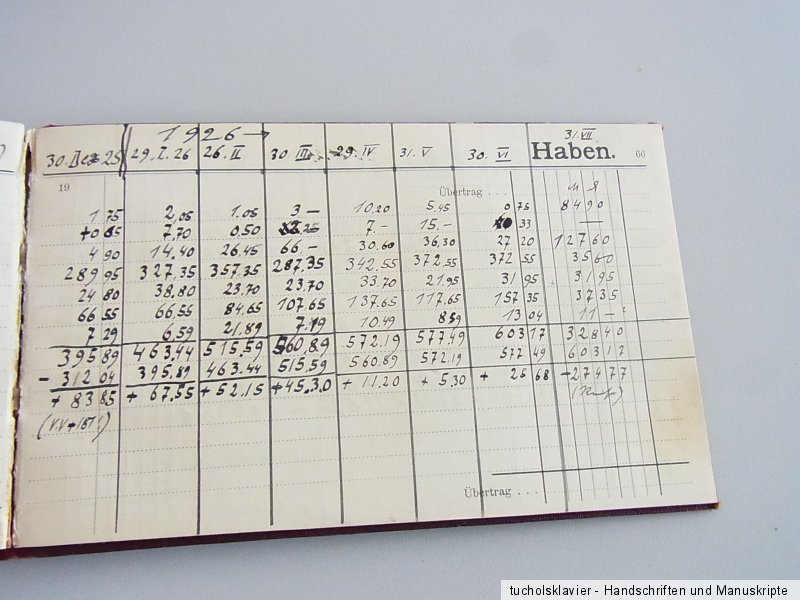
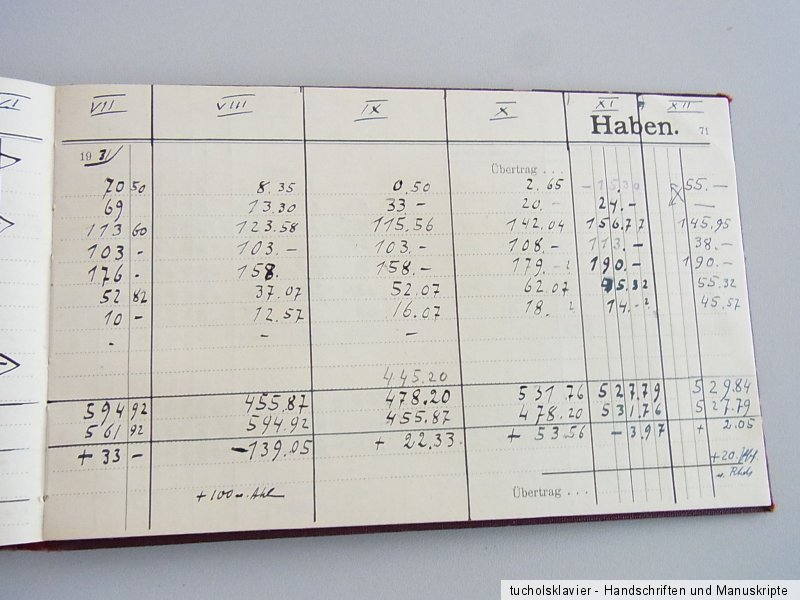
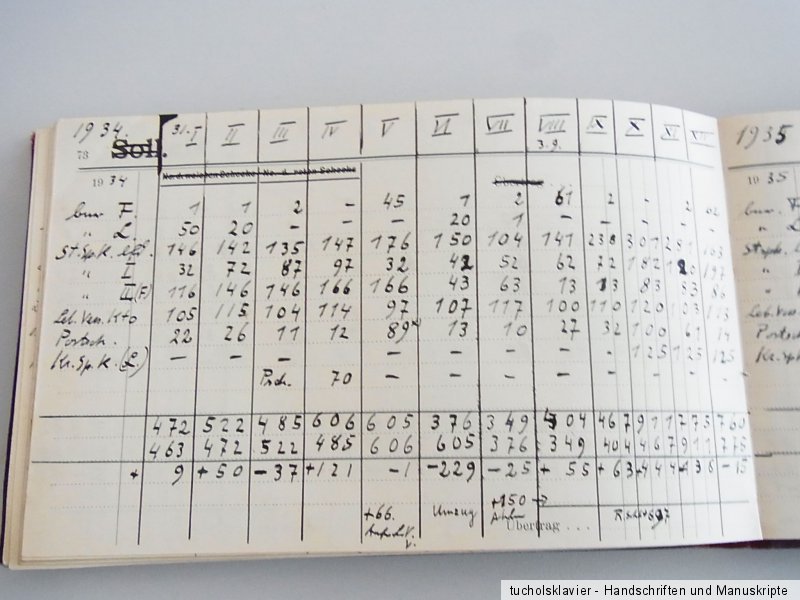

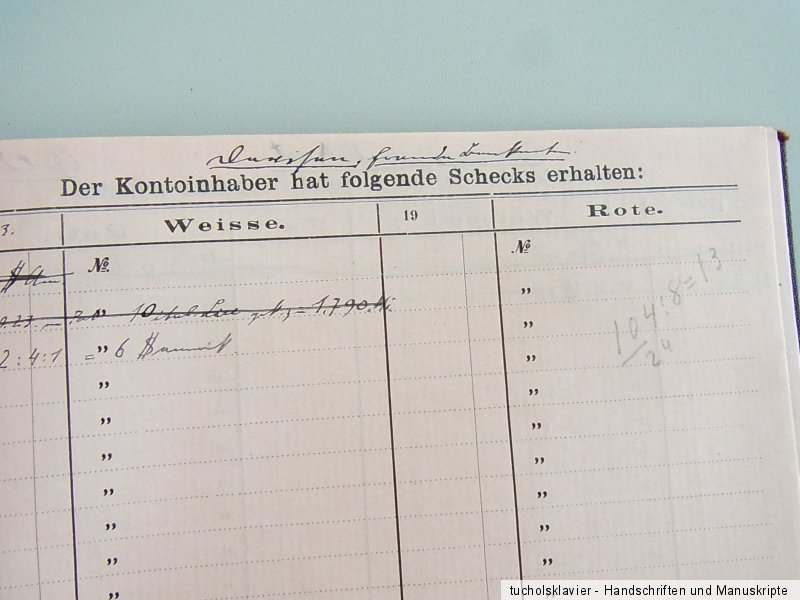

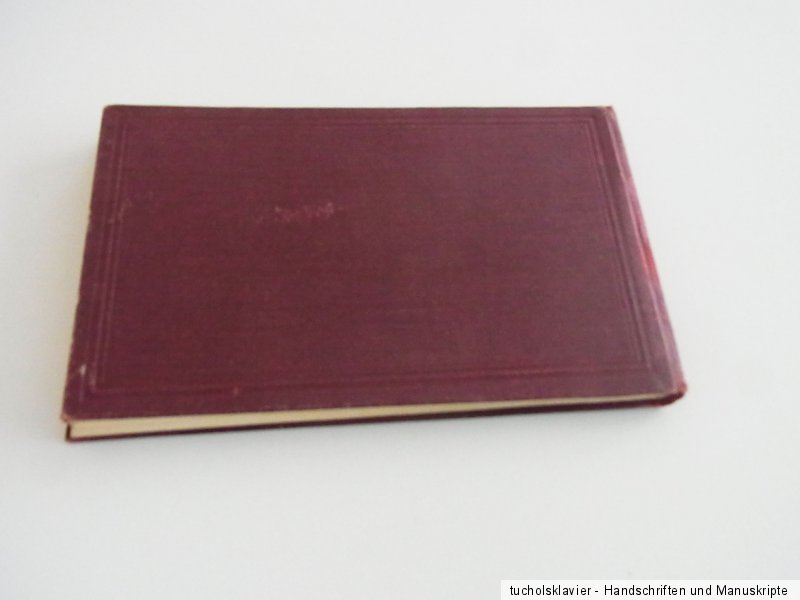
TRIXUM: Mobile-optimized auction templates and image hosting
About the father Erwin Knipping (source: wikipedia):
Erwin Rudolf Theobald Knipping (* 27. April 1844 in Cleve; † 22. November 1922 in Kiel) was a German meteorologist and cartographer. As a “contract foreigner” he lived in Tokyo from 1871 to 1891. He set up the Japanese weather service and on the 16th February 1883 the first weather map of Japan.
Life: After graduating from high school, Erwin Knipping sailed on various German and Dutch sailing ships before getting his license as a helmsman in Amsterdam in 1864. He then did his military service as a one-year volunteer in the Royal Prussian Navy and initially served on the frigate SMS Gefion. He sailed to the Cape Verde Islands on the cadet training ship SMS Niobe. Discharged from service as a second lieutenant, in 1866 he was hired as second mate on the steamer Courier, which sailed regularly to East Asia. In 1868 Knipping was promoted to first mate on the same ship.
In May 1871, Knipping became a language and mathematics teacher at Daigaku Nank?, the T?ky? from 1873 Kaisei Gakk? (??????, German “Kaisei School Tokyo”)ß, and from which the faculties of law, natural sciences and humanities at the University of Tokyo would emerge in 1877. One of his students was the geologist and ministerial official Wada Tsunashir? (1856–1920). Knipping taught here until 1876. The Ministry of Transport then appointed him to the examination commission for captains and helmsmen in the Japanese merchant navy. He was also called upon to investigate maritime accidents. He had been observing the weather since 1871 and studying typhoons and earthquakes. He regularly published his results in the communications of the German Society for Natural and Ethnological Studies of East Asia, of which he was a member. He also worked as a cartographer and published in the renowned magazine Petermann's Geographical Notices. In 1879 he published a general map of Japan on a scale of 1:1,115,800 with additional maps showing, among other things, the railway network and the telegraph lines.[1] His map of the Japanese post offices was the basis for Bruno Hassenstein's (1839–1902) Japan Atlas published by Perthes in Gotha in 1894. In 1881 Knipping presented plans for a storm warning service for Japan. The following year he began working as a meteorologist at the Office of Geography at the Ministry of the Interior. After organizing a weather observation network, on the basis of the incoming observation reports on the 16th. February 1883 the first weather map of Japan. On the 1st The daily publication of a weather map began in March. On 26. In May 1883 he issued the first storm warning. Knipping remained scientific director of the Japanese Meteorological Service until 1891. In 1888 Erwin Knipping was elected a member of the Leopoldina.
In 1891 Knipping returned to Germany and found a job at the Deutsche Seewarte in Hamburg. Here he dealt with hurricanes and nautical manuals. He retired in 1909. He lived in Cleve until 1912 and then in Kiel until his death.
Family: Erwin Knipping married on the 26th July 1872 Augustine Dinger (1842–1901). Their five children Hedwig (1873–1958), Eugenie (1875–1907), Fritz (1878–1953), Paul (1881–1842) and Else (1885–1945) were born in Japan.[3] His son Paul became a ship engineer and was married to Aline Köppen, the daughter of the meteorologist Wladimir Köppen.[4] In 1900, Eugenie married the mathematician and later president of the Imperial Statistical Office in Berlin, Ernst Delbrück (1858–1933).